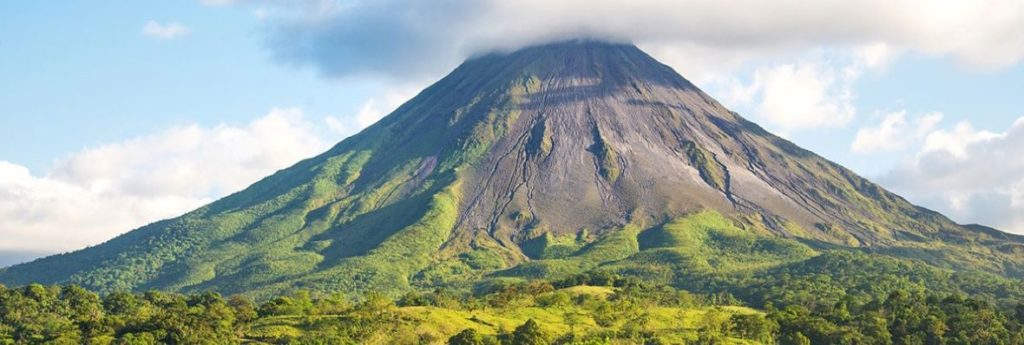Costa Rica’s biodiverse terrain is a key element to attracting visitors from around the world. The country’s seven provinces feature mountain ranges, rainforests, breathtaking beaches, cloud forests – and volcanoes.
Although Costa Rica accounts for just 0.03 percent of the Earth’s surface, its rich land is home to more than 5 percent of the world’s known biodiversity and its waters contain 3.5 percent of the world’s marine life. The Central American nation is also first tropical country in the world to reverse deforestation and currently 26 percent of its territory is zoned for protection, which demonstrates the value the country places on preserving its environment and the natural plant and animal species that call it home.
Meanwhile, Costa Rica is also home to a great number of volcanoes — 61 in total, although only six are considered “active,” including Arenal, which is the country’s best-known and most-visited volcano.
Dominating views for miles around, many of the geological giants – most of them caldera volcanoes (featuring a large water-filled crater) – can also be explored, or at the very least, provide a focal point for nearby areas:
ARENAL
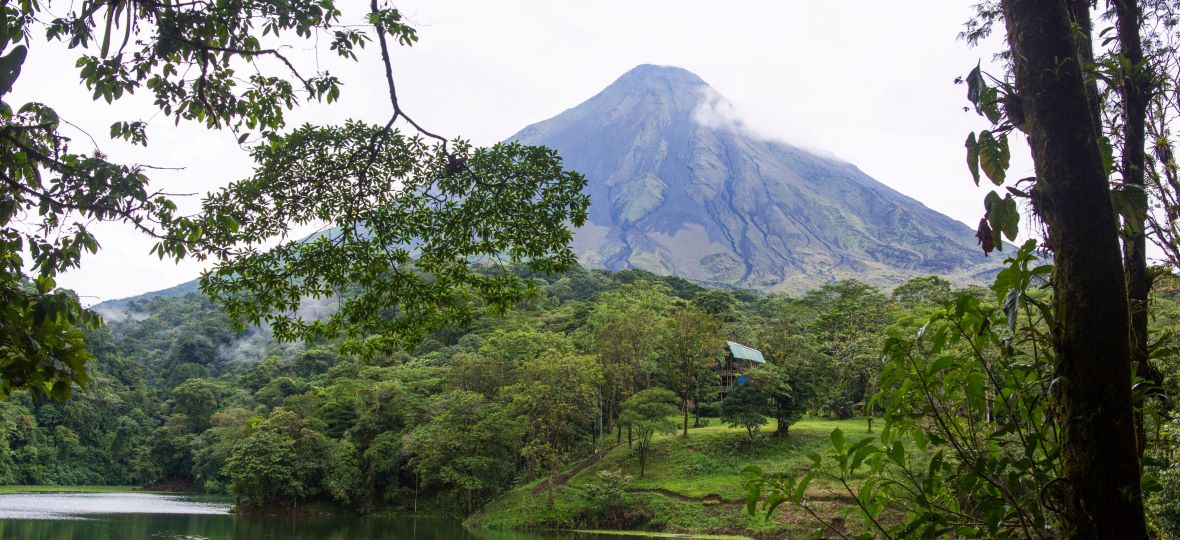
In Costa Rica’s Northern Plains lies Arenal Volcano National Park, home to the Arenal Volcano, 75 percent of Costa Rica’s bird population and one of the country’s most popular natural hot springs. The town of Arenal surrounds the national park and is hailed Costa Rica’s adventure capital. Here, travellers can enjoy zip-lining, white-water rafting, thermal hot springs and waterfalls. The national park is considered a UNESCO World Heritage Site, and is well known for its hiking grounds, birding and wildlife-watching opportunities.
RINCÓN DE LA VIEJA
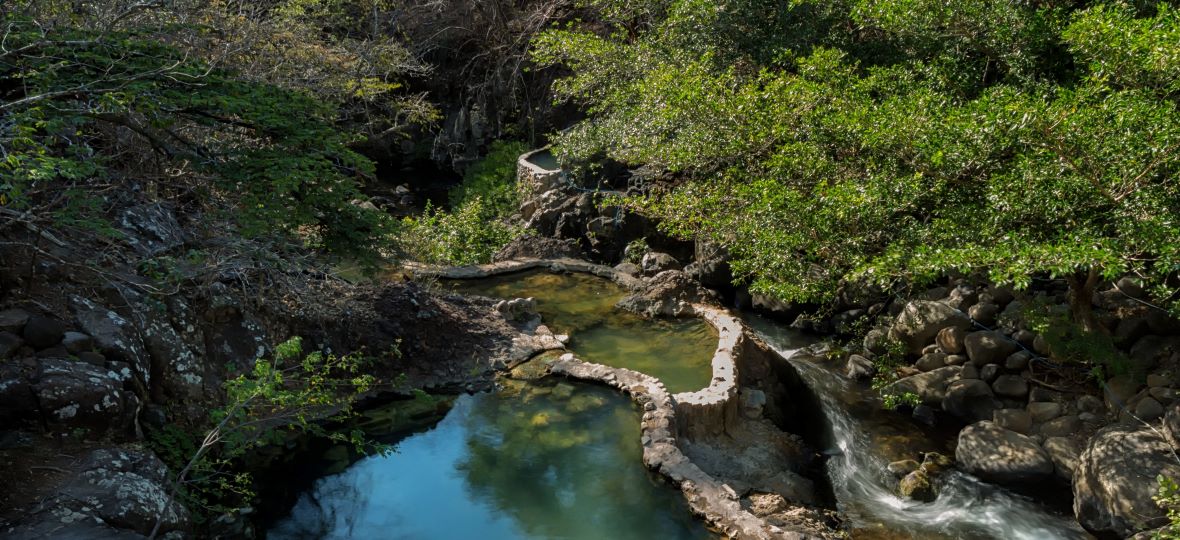
The region around the Miravalles and Rincón de la Vieja volcanoes is a highly active geothermal area. The Costa Rican government has taken advantage of this area and developed geothermal projects in harmony with the environment. Rincón de la Vieja is the largest and most active volcano in the Guanacaste province – its last big eruption was in January. Standing at 1,900 m. high and 15 km. wide, the volcano features nine volcanic craters and 32 rivers flowing down its sides. Complete with hot springs, waterfalls and an enormous variety of wildlife, Rincón de la Vieja National Park is a nature lover’s paradise. Rincón de la Vieja Volcano and its dormant sister Santa Maria Volcano form the centre of the Rincon de la Vieja National Park and are a part of the UNESCO World Heritage Site of the Guanacaste Conservation Area.
Real-time photos can be found HERE.
POÁS
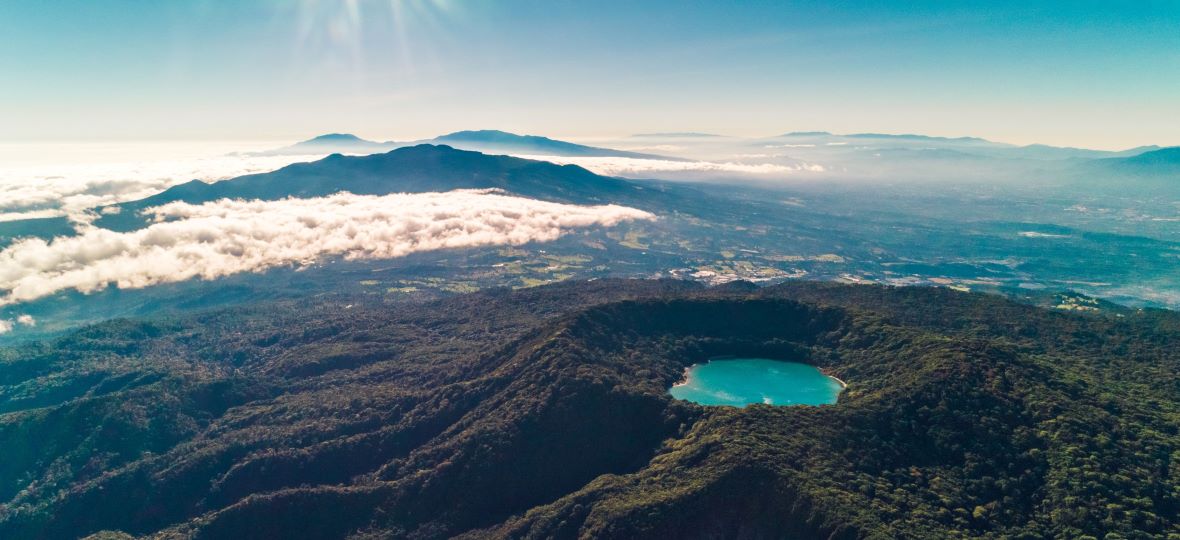
In Costa Rica’s Central Valley, lies two of the country’s most active volcanoes, Poás and Irazú. Located 30 minutes from San José in the Alajuela province, Poás Volcano is one of the country’s largest volcanoes with one of the most acidic lakes on Earth – Laguna Caliente, which means “Hot Lake.” The lake’s colour changes hourly from emerald to a greyish white. Within the park’s protected wildlife area ranges, travellers might sight 79 species of birds.
Click HERE for a live cam.
IRAZÚ
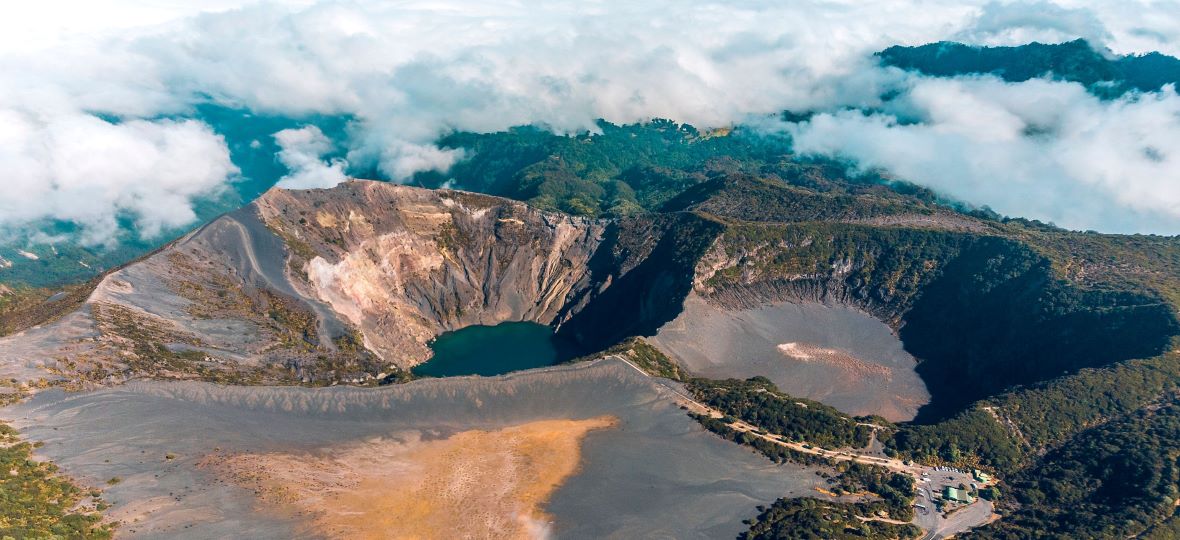
Irazú VolcanoApproximately 1.5-hour drive from San José in the Cartago province is the Irazú Volcano, the country’s tallest volcano, standing at 340 m. high. The volcano has several craters, two of which are the principal attractions. The volcano is located inside of Irazú National Park, which flourishes over 2,300 hectacres of immaculate mountain forest and cloud forest. On a clear day, travellers can enjoy amazing views of the Atlantic and Pacific oceans.
MIRAVALLES
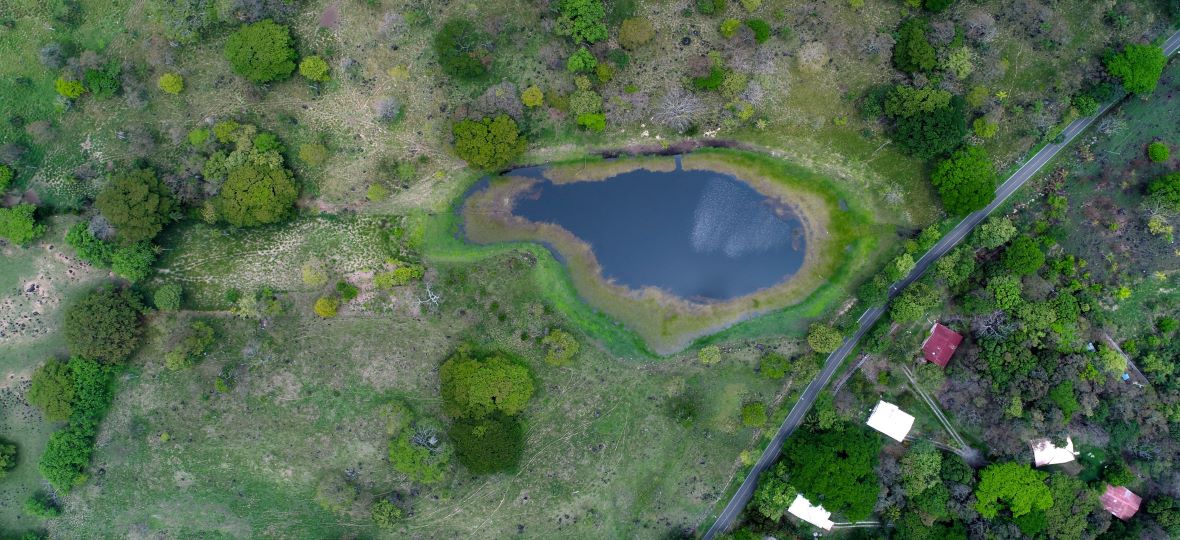
One of Costa Rica’s lesser known volcanoes, Miravalles, is located in the Guanacaste province and offers the same splendour of Costa Rica’s more touristic volcanoes Rincón de La Vieja and Arenal. Miravalles towers over the Guanacaste mountain range at 2,000 m. and produces so much geothermal energy that the Costa Rican government’s electric institute constructed plants along its base to convert the energy into electricity to supply the national electricity system. Around Miravalles, travellers can experience several geothermal hot springs, fumaroles, mud pots and accommodations of all kinds, without the crowds.
Check out Google Earth for a closer look.

